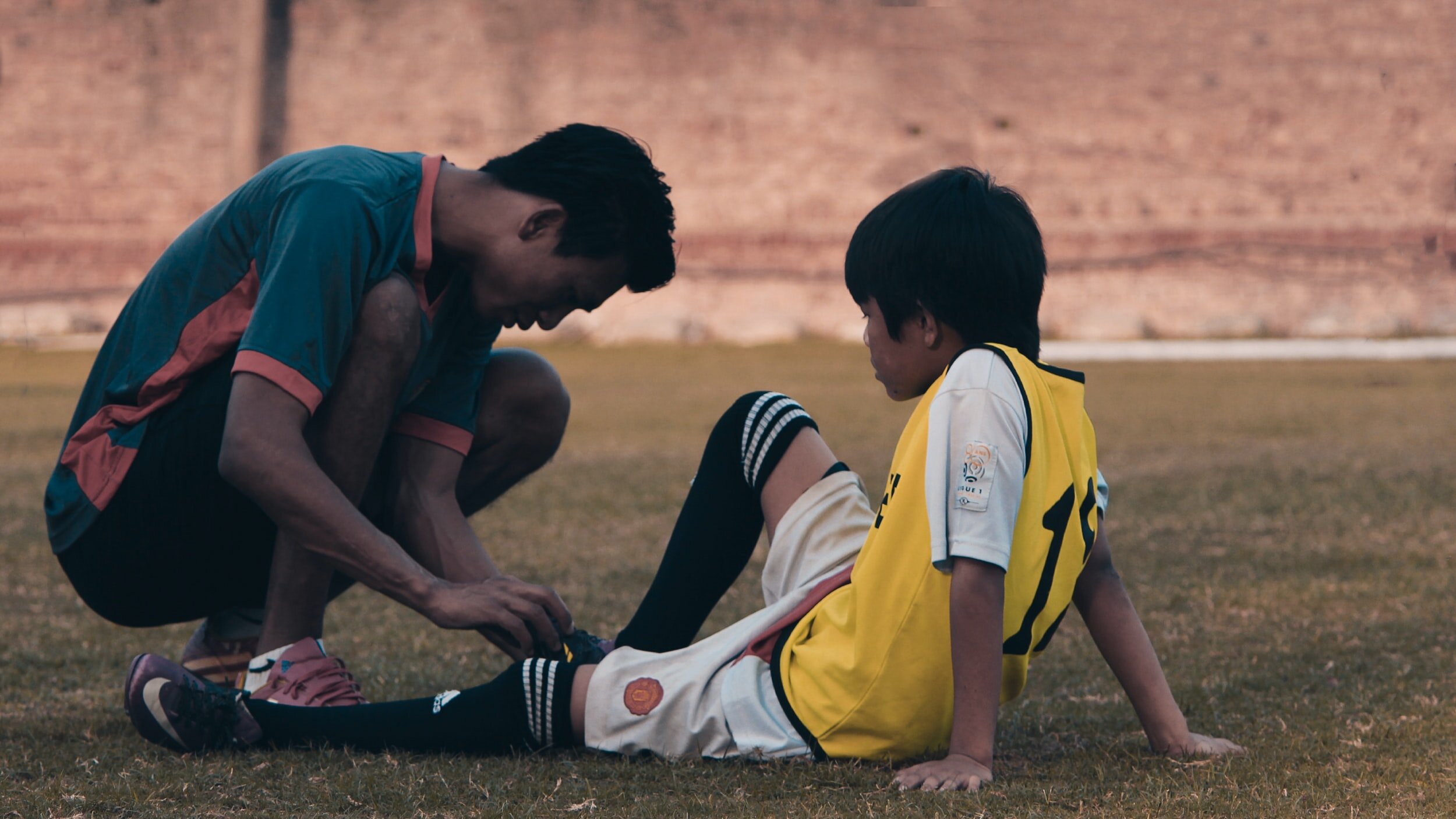Medial epicondylitis - otherwise known as Golfer’s Elbow - is a common overuse injury of the elbow.
It is caused when the wrist flexor tendons - the muscles that flex your palm towards your forearm - become injured and inflamed near your inner elbow from overuse. It is seen in avid golfers, but can also be seen in throwing athletes, tennis players, or people who work in jobs that require excessive and repetitive arm use (ex. Construction, plumbing).
In golfers, medial epicondylitis is usually caused by improper warm-up/practice habits, poor swing mechanics, and inadequate strength and flexibility of your elbow and forearm muscles. Symptoms include pain and possible swelling near the inner elbow, most commonly at the top of the backswing to just before impact. You may also notice stiffness and weakness of your elbow/forearm/wrist musculature.
Common at-home remedies can include rest, ice, and over-the-counter anti-inflammatories. However, if the symptoms persist, our physical therapist can perform a thorough examination of your injury, and provide you stretches, strengthening exercises, and provide manual techniques to help you get back on the course!











